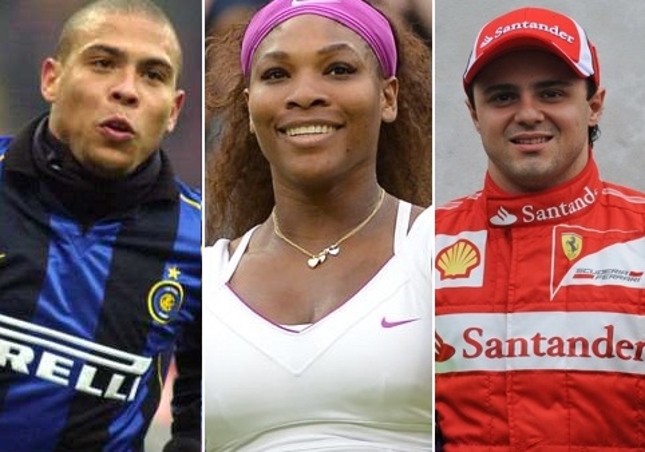
Ronaldo, Serena and Massa have already visited the stage where they spent their worst moments. Photo: SUPER FIGHTS Production (Reproduction)
See too
This Saturday (31), Anderson Silva returns to the Octagon one year and one month after the serious fracture he suffered in his left leg. In addition to the former middleweight champion, a great coincidence also marks the duel against Nick Diaz: The fight takes place in the same place where Spider suffered his serious injury. This situation, the return to the stage of its great tragedies, is nothing new in sport.
With athletes from the most varied sports disciplines, the SUPER FIGHTS recalls other big names who also experienced dramas during and returned to the same place to perform later, when they had already recovered. On our list are pilots Felipe Massa and Robert Kubica, tennis player Serena Williams and football players Ronaldo and Eduardo da Silva.
Robert Kubica: from drama to victory in one year
On June 10, 2007, during the Canadian Formula 1 GP, driver Robert Kubica suffered one of the most frightening accidents in recent years. The Pole, while trying to overtake Jarno Trulli for 14th position in the race, ended up being thrown off the track, heading towards a nearby wall. To make matters worse, Kubica hit a small bump before impact, which caused his car to take off and hit the concrete.
The knock scared. Kubica's BMW-Sauber immediately fell apart, crossing the track to the other side upside down. The impact was so strong that the pilot's feet, protected by the passenger compartment, ended up exposed. Despite the scare, Kubica only suffered a minor injury to his ankle, something that came cheap, considering the accident, and was left out of a race to recover.
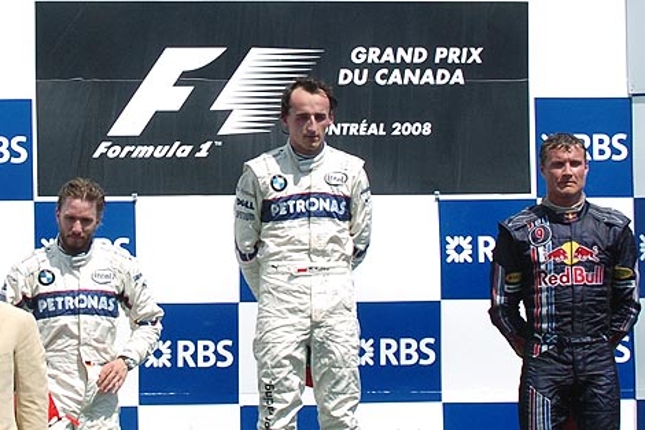
Kubica at the top of the podium just one year after the tragic accident. Photo: Reproduction
A year later, the driver returned to the Montreal circuit for the first time after the scare, and appeared calm: “Canada is one of my favorite tracks. Even though I had a big accident, I'm happy to be here,” he said, at the time.
In the race, Kubica showed that the problems were indeed in the past. With a competitive car, he achieved his first victory in Formula 1, which also marked his team's first triumph. That ended up being his only time on top of the podium, as, a few years later, Kubica had an accident again, this time in a rally competition, and was never physically fit to drive a Formula 1 car again.
Felipe Massa: the fateful episode of the loose spring
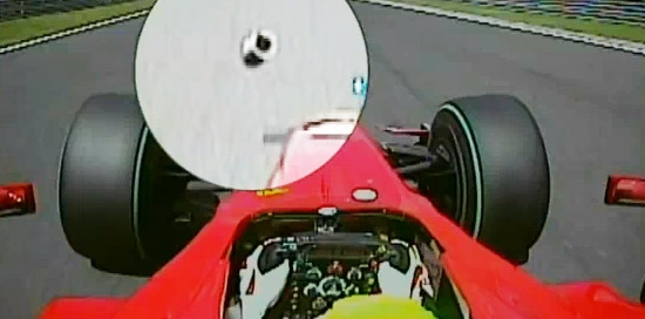
Mola (in detail) broke away from Barrichello's car and hit Massa's helmet. Photo: Reproduction
Kubica's case is not the only Formula 1 case on our list. The other example involves a Brazilian driver, Felipe Massa, who suffered an unusual, but no less dangerous, accident on the Hungaroring circuit in Hungary. During qualifying for the 2009 edition of the race, Massa, then a Ferrari driver, was hit in the head by a spring that had fallen from Rubens Barrichello's car.
With sinking on the left side of his head, Massa ended up in a coma and underwent surgery, but a few weeks later he was discharged. In 2010, he returned to drive a Formula 1 again, and in the second half of the year he returned to Hungary to compete again on the circuit that witnessed his serious accident.
Massa always minimized the consequences of the crash on his career. “I don’t remember the accident, as I passed out. So, there are no major concerns,” he said. “It’s a special place for me and, despite the difficulties I’ve had here, it’s a place I like.” Thus, the focus was on another problem experienced by the Brazilian: in the previous race, a week earlier, in Germany, the driver was forced to give up first position to his teammate, Fernando Alonso, which generated great controversy.
Ronaldo Fenômeno: the “curse” of the Olympic Stadium
See too
If there is one field on the planet in which Ronaldo Fenômeno does not have good memories, it is the Olympic Stadium in Rome. It was on the stage of the 1960 Olympics and the 1990 World Cup final that the former Brazilian national team star experienced some of the worst moments of his career.
On April 12, 2000, in the first Italian Cup final game against Lazio, at the Olympic Games in Rome, Ronaldo returned to the field for Inter Milan, after spending 144 days recovering from surgery on his right knee. Just six minutes after entering the field, replacing Romanian Adrian Mutu in the 13th minute of the second half, the Brazilian suffered a new injury to the same knee while trying to dribble and was out for another year. The image of Ronaldo falling to the ground mid-pedal, the Phenomenon's despair in the face of the new injury and his departure from the field on a stretcher was one of the most repeated scenes in sport at the time.
It turns out that Ronaldo's ordeal at the injury site had not come to an end. On May 5, 2002, the striker experienced new problems on his return to the Olympic Stadium. It was the last round of the Italian Championship and Inter Milan only needed one victory, again, against Lazio to become national champions. However, the team led by Argentine Héctor Cúper ended up defeated 4-2 and saw the title slip away. One of the most striking scenes of the match, and of the entire championship, involved Ronaldo. When he was replaced by Kallon in the second half of the match, when Inter were already losing the game, the Brazilian broke down in tears on the bench.
Ronaldo would only break the “Olimpico Curse”, as it became known, in December 2004, when he was already playing for Real Madrid, during the “Galacticos” period. On December 8, the Phenomenon returned to the Olympic Games in Rome with the Madrid team to face Roma in a game valid for the UEFA Champions League and opened a 3-0 victory over the Spaniards.
After the triumph, Ronaldo commented on his history with the stadium. “It was very emotional for me to play in this stadium. It was very important to play a good game and score the goal, because I only had bad memories of Olímpico”, said the striker at the time.
Eduardo da Silva: two years until returning to the stage of fracture
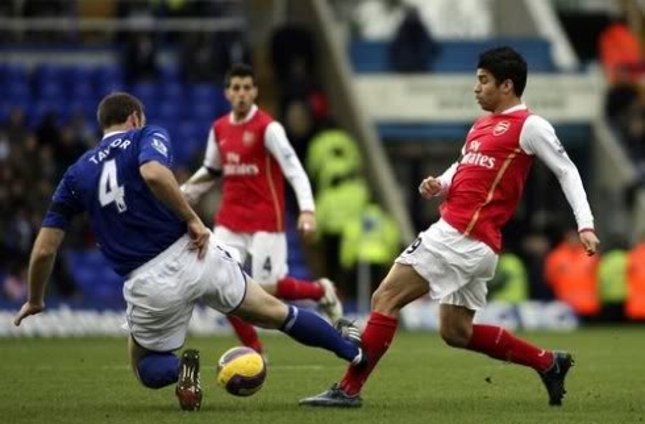
The arrival of the Birmingham defender almost ended the career of the Brazilian-born Croatian. Photo: Reproduction
In February 2008, Brazilian-born Croatian Eduardo da Silva suffered one of the most serious injuries recorded in recent years in the main championships on the planet. During a match between his team, England's Arsenal, and Birmingham at the St. Andrews Stadium, after receiving a tackle from defender Martin Taylor classified as “criminal” by coach Arsene Wenger, Eduardo suffered an open fracture that shocked the football world. soccer.
At the time, there was speculation that Eduardo's career might have come to an end. However, he managed to recover after a year on the sidelines. Another year after his return to football and the player finally returned to the scene of his very serious fracture.
Unlike the other athletes, however, Eduardo da Silva had a much more discreet return to the place where he experienced drama years before. In March 2010, in the 32nd round of the 2009/2010 English Championship season, Arsenal visited Birmingham City at St. Andrews Stadium with Eduardo among those involved. The Brazilian-born Croatian, however, started among the reserves and did not enter the match, watching the 1-1 draw between the two teams from the bench.
Serena Williams: injury, depression, overcoming and title
Our last athlete, the only representative of the women's team, did not suffer a visually impactful injury, but, without a doubt, she experienced the worst moment of her career during this period. Having already had a successful career since a very young age, tennis player Serena Williams arrived at the 2006 Australian Open as the current champion and ended up defeated in the third round. After leaving the first Grand Slam of the year, Serena said she had a knee problem. Later, in her biography, the American revealed that she was actually suffering from a serious bout of depression.
Living with physical and psychological problems throughout 2006, Serena went months without competing in a single tournament and fell from the top positions in the WTA rankings to out of the Top 100. For the following year's Australian Open, Williams remained under strong suspicion and entered the Grand Slam in a modest 81st place.
Despite the doubts and ghosts of the previous year, the American overcame her opponents one by one and beat Russian Maria Sharapova, then number one in the world, in the final to become the first unseeded tennis player in history to win the Australian Open.




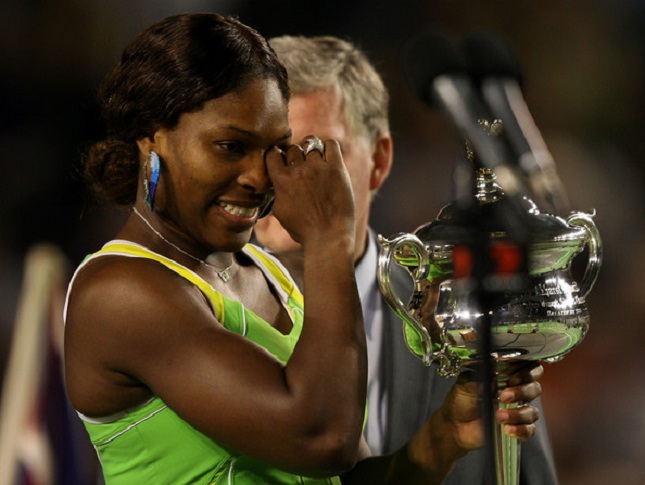



Comments